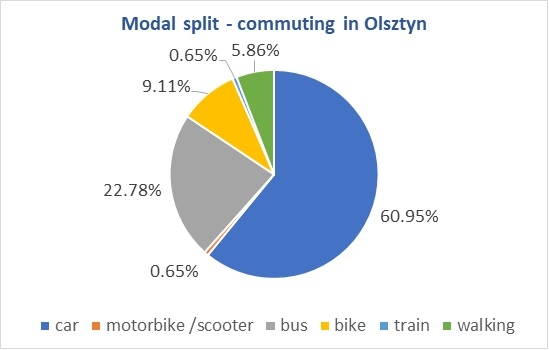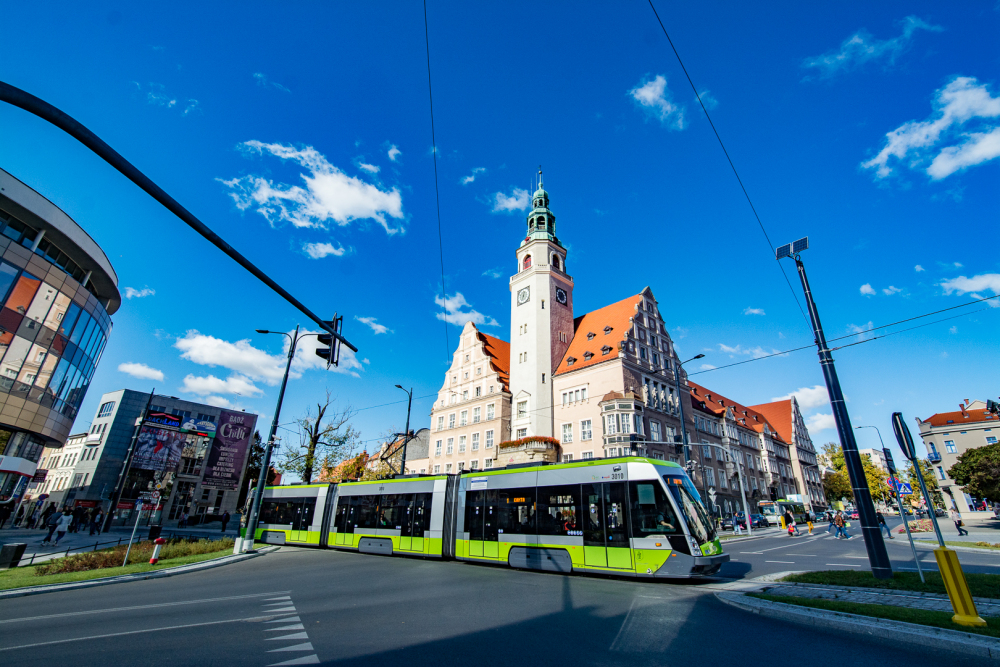Olsztyn – located in the southern part of Warmia region – is the biggest city of the Warminsko-Mazurskie Voivodeship, a north-eastern region of Poland. Together with its functional area (6 neighbouring municipalities) it has an ever-growing population of more than 234 000 people. The city is green, full of young people and offers a high quality of life. It is not very crowded and everything is within the walking distance. Thanks to the nature surrounding us we can work and rest almost at the same time. However, mobility problems are the same as in many other cities: urban sprawl, heavy traffic, congestion, growing number of cars on the streets, unfriendly public spaces.
To become more comfortable for inhabitants and to protect its precious natural environment, Olsztyn has totally revolutionized its public transport system within the last ten years – with particular focus on the tram network reconstructed after half a century.
A city bike-sharing system is being continuously expanded and the co-operation within the Olsztyn functional urban area helps to develop the PT system. All these changes give hope to make commuting more sustainable thanks to growing possibilities of intermodal travels.

Key findings of SWOT
Mobility conditions in Olsztyn and its FUA are improving due to major infrastructural investments (ring road construction, development of PT network, modernisation of roads) and the revolution in Olsztyn city transport.
Some of the improvements may potentially have a negative impact on ecomobility (i.e. modernised roads may induce car individual transport).
Although there are some differences in approach to mobility in Olsztyn and in its FUA now, the budding partnership between Olsztyn and the neighbouring municipalities gives hope for a coherent PT system and better mobility management in the whole agglomeration.
The existing potential of the railway network gives possibility to include trains into the city’s transport system, esp. for commuters.
There are still some issues that need to be addressed more actively – parking problems, mobility promotion and education, coherence of cycling and walking routes etc.

